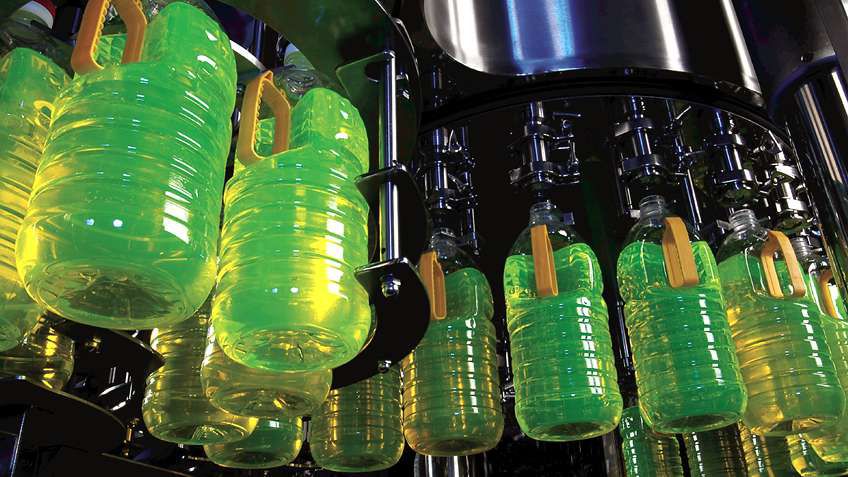Recommended For You
Mechatronics, motion control, electronic cams, axes synchronization… All these technological terms are becoming rather familiar for any automated solutions programmer and integrator.
The market requires faster processes, along with more accurate and flexible machines, and that is where motion control technology is providing the improved performance that automation currently needs to comply with production process needs.
Motion Control solutions are, more and more, implemented at the expense of mechanical and pneumatic solutions. The machining of mechanical parts and complex cams for the operation of specific movements is getting more expensive, and mechanical workshops able to carry out these tasks are hard to find. Add to this the poor versatility of these mechanical solutions and the downtime due to format changes; it pays off replacing these mechanical-based, traditional solutions with other electronic solutions.
Teamwork is the key
The work made by the designer of the mechanical solution and the electric control stage have to work closer than ever before, since they need each other for the machine design and calculations. An incorrect calculation can ruin the whole solution, and there are many magnitudes to be considered: accelerations, speeds, torque, inertias… For a good operation to be assured, 90% of success relies on a good application dimensioning. There is interesting calculation software available that allows applications to be dimensioned in a relatively easy way, such as the Motion Analyzer Software tool.
Now you do not only need to know how to program, but also to calculate and, as it happens usually in life, most of these calculations are learned empirically through pass/fail tests.
Programming standardisation
In many cases, the use of PLC Open libraries on software to run the programming of the axes eases the programming; performing a relative or absolute motion, a Homing or a CAM, becomes really simple and gradually comes to the dream of every programmer, a common language for devices supplied by different providers.
Fast, deterministic communications
Current Ethernet-based fieldbuses such as EtherNet/IP allow for communicating with and controlling all servomotors, performing synchronizations and modifying parameters in a simple and convenient way. A fast, deterministic bus is the best guarantee for correct synchronization on the axes operation. Nowadays, pulse-based control is becoming obsolete.
These systems are constantly evolving, and in some available solutions, the motor has the driver built-in, along with safe-stop systems which comply with regulations for an emergency stop.
Today, we can see how motion control is the cornerstone for the solution on any machine with a certain degree of complexity, thus providing advanced performance to the machines.
Published December 12, 2013


